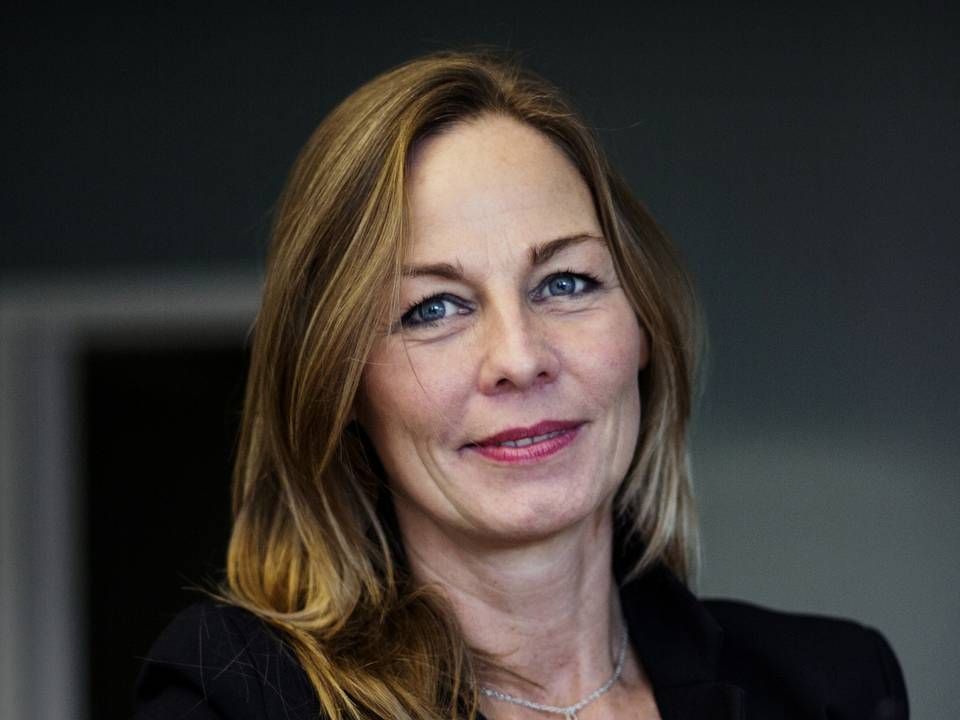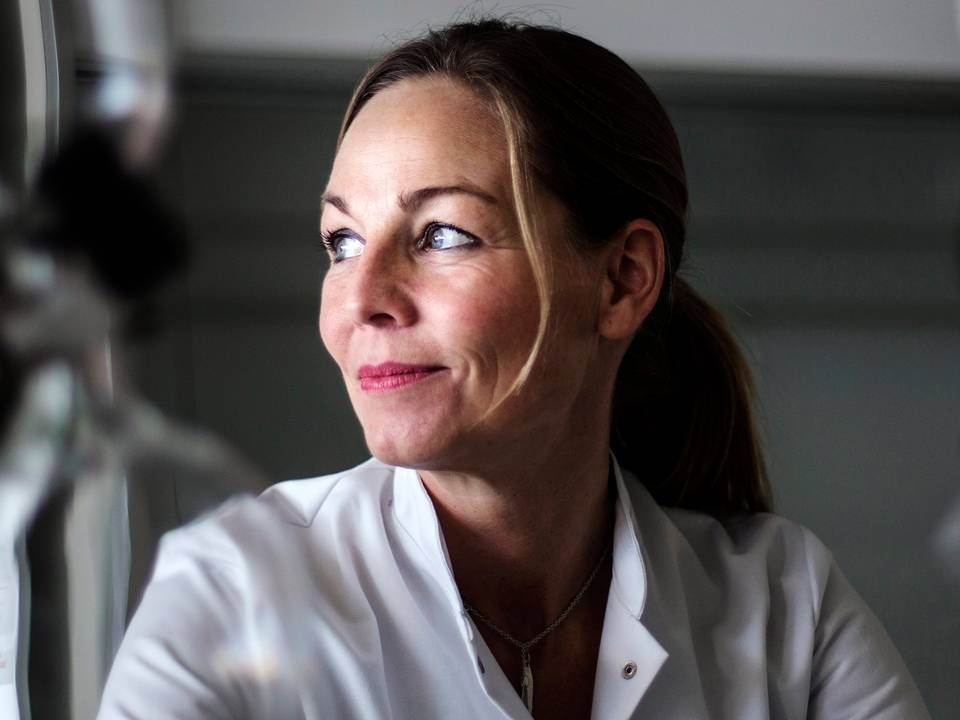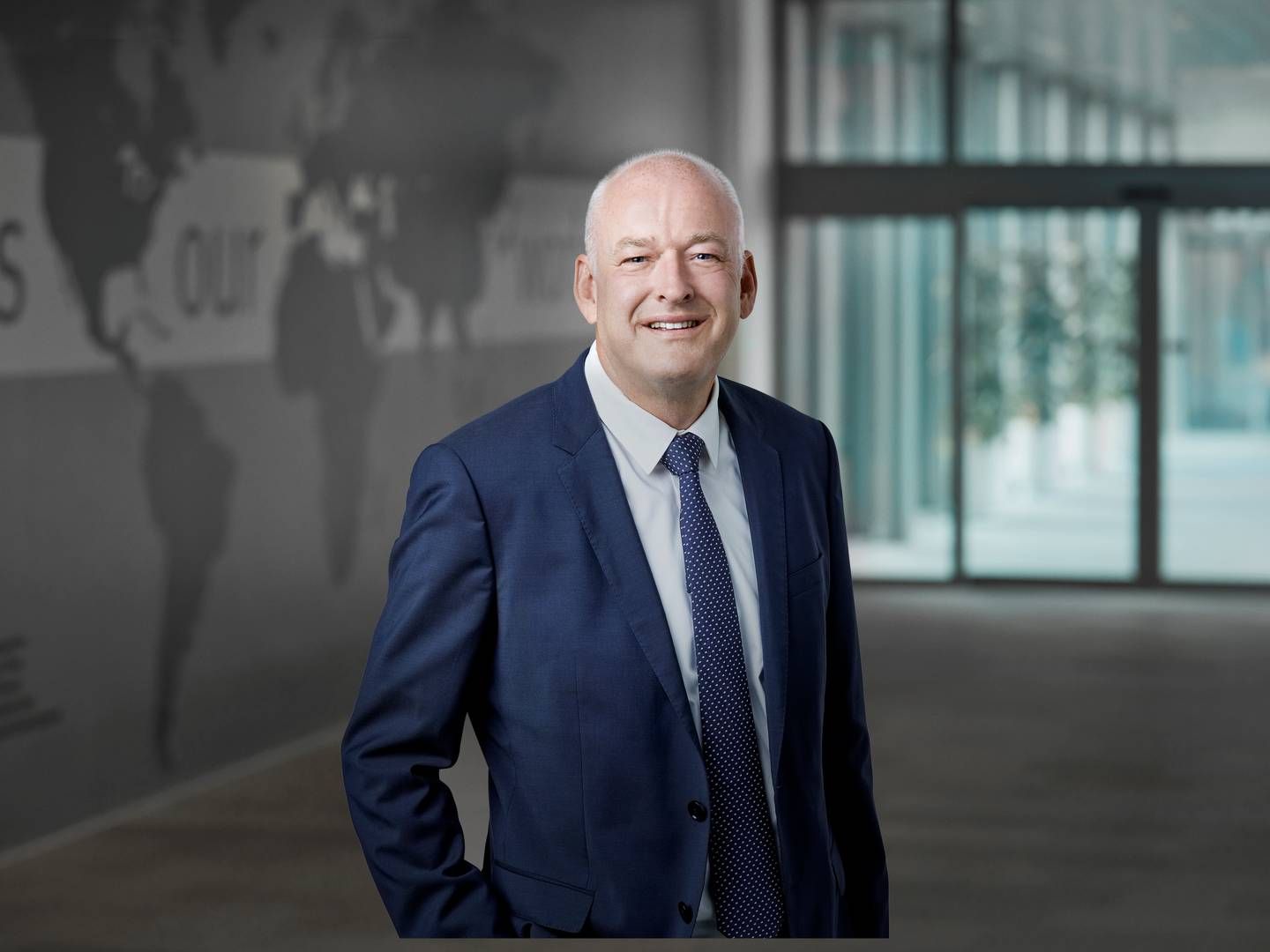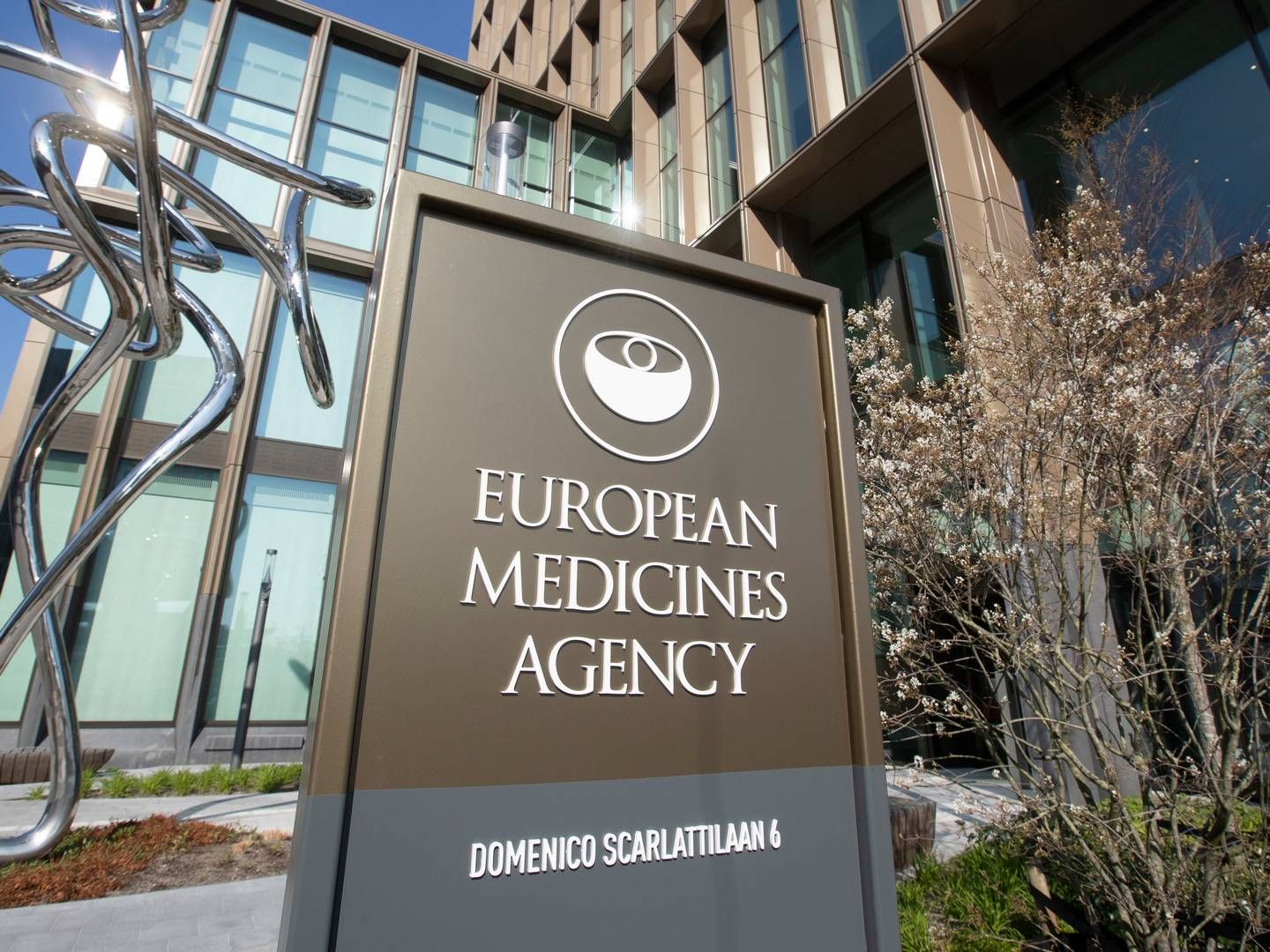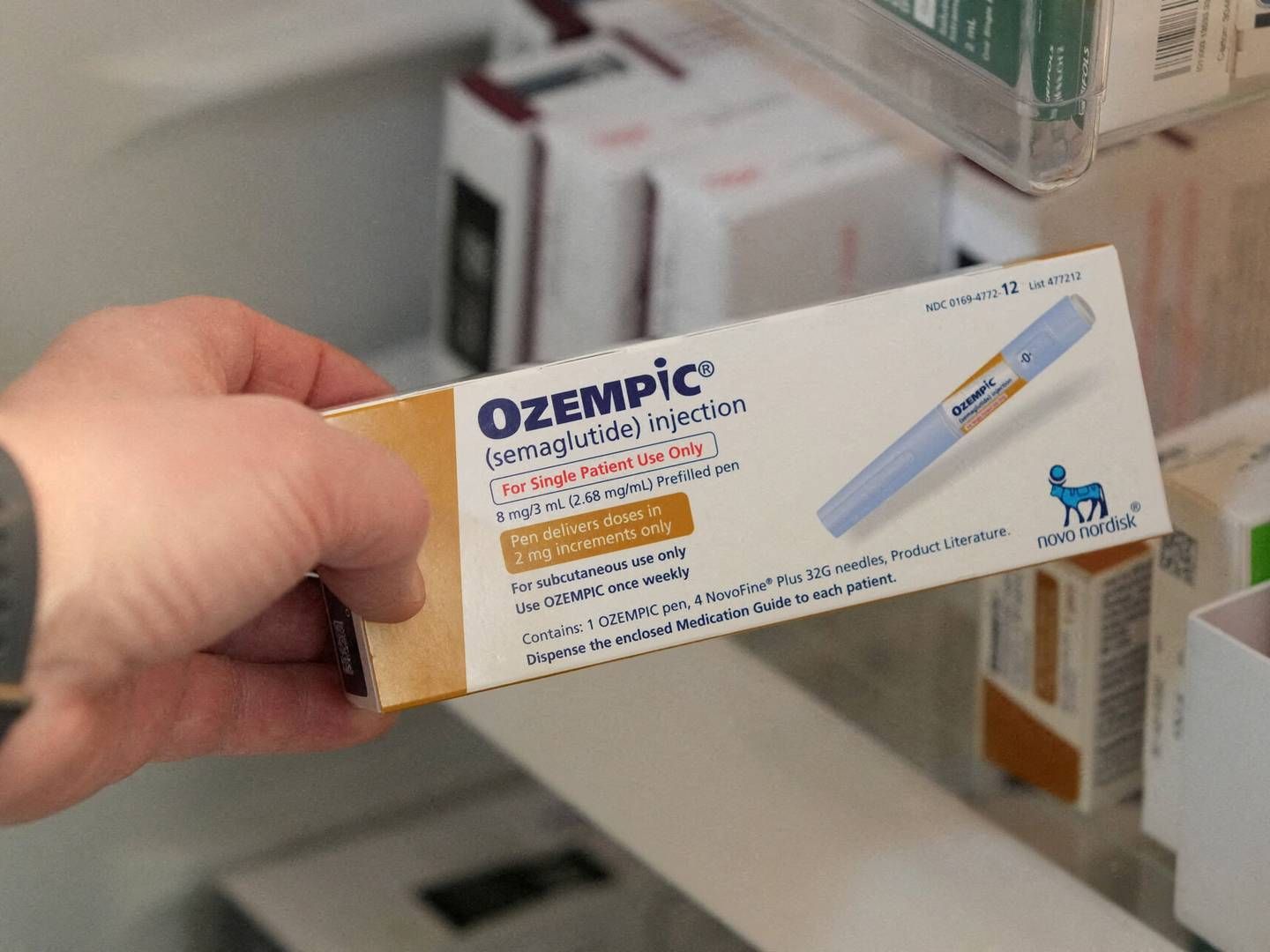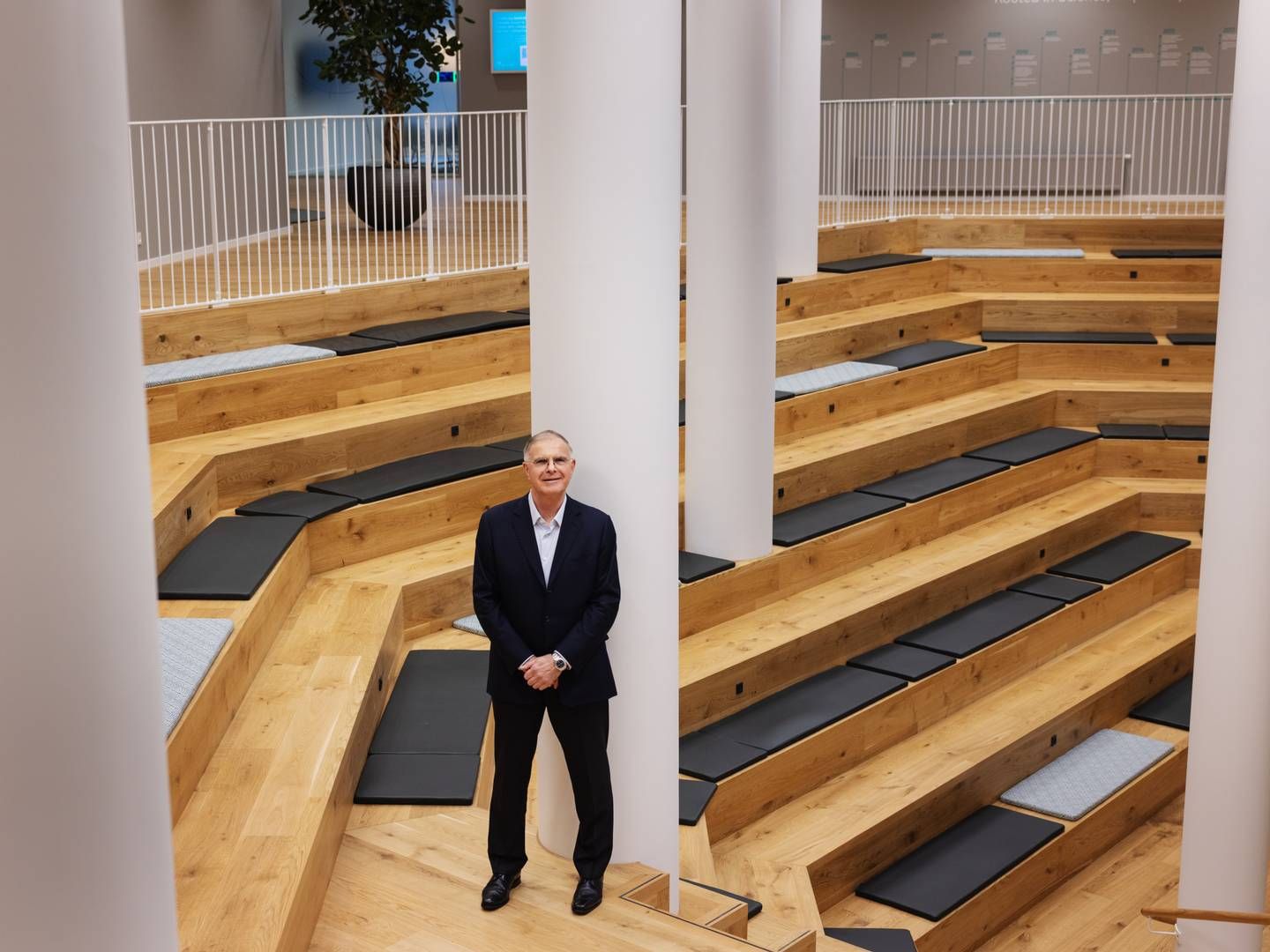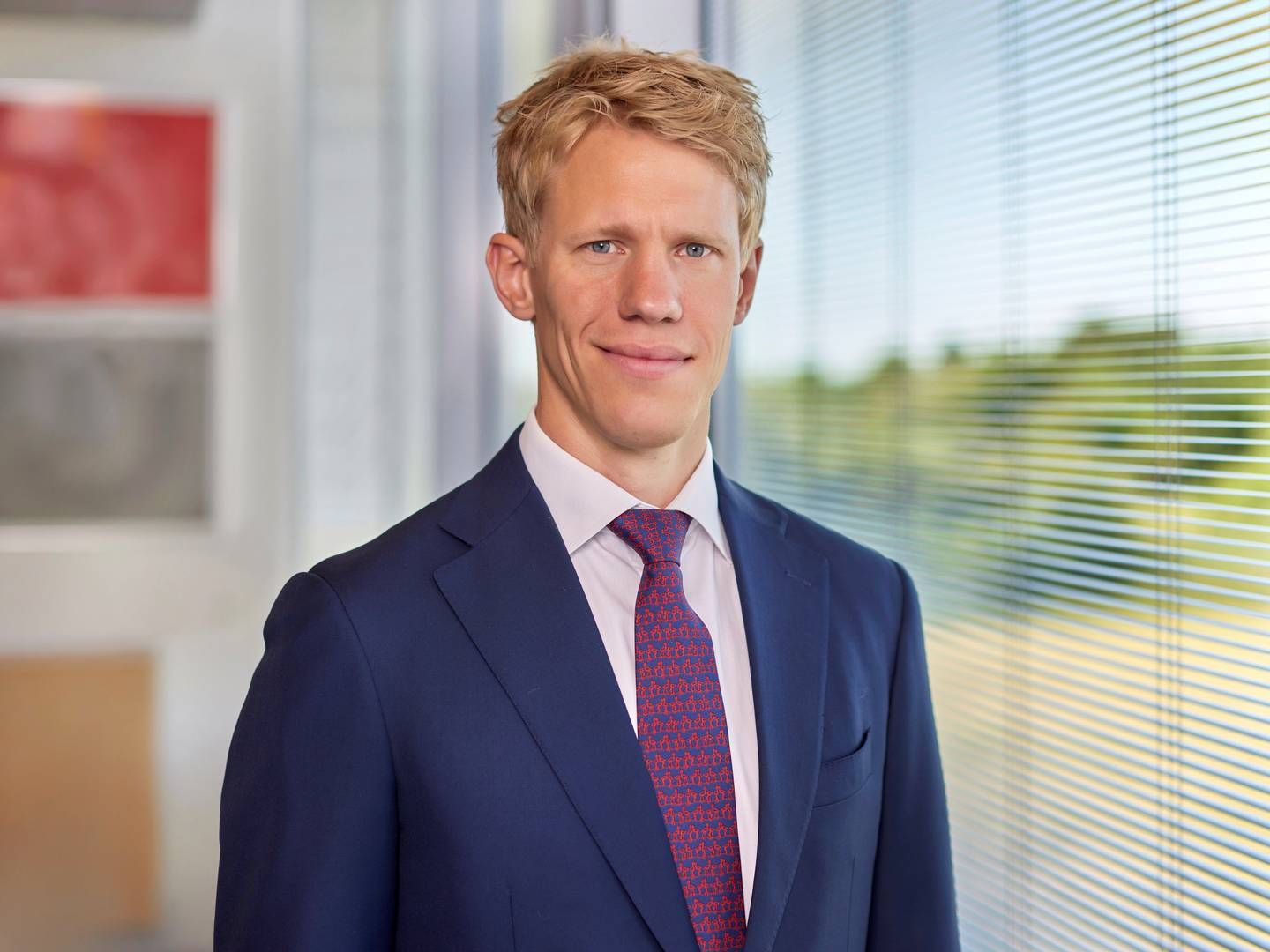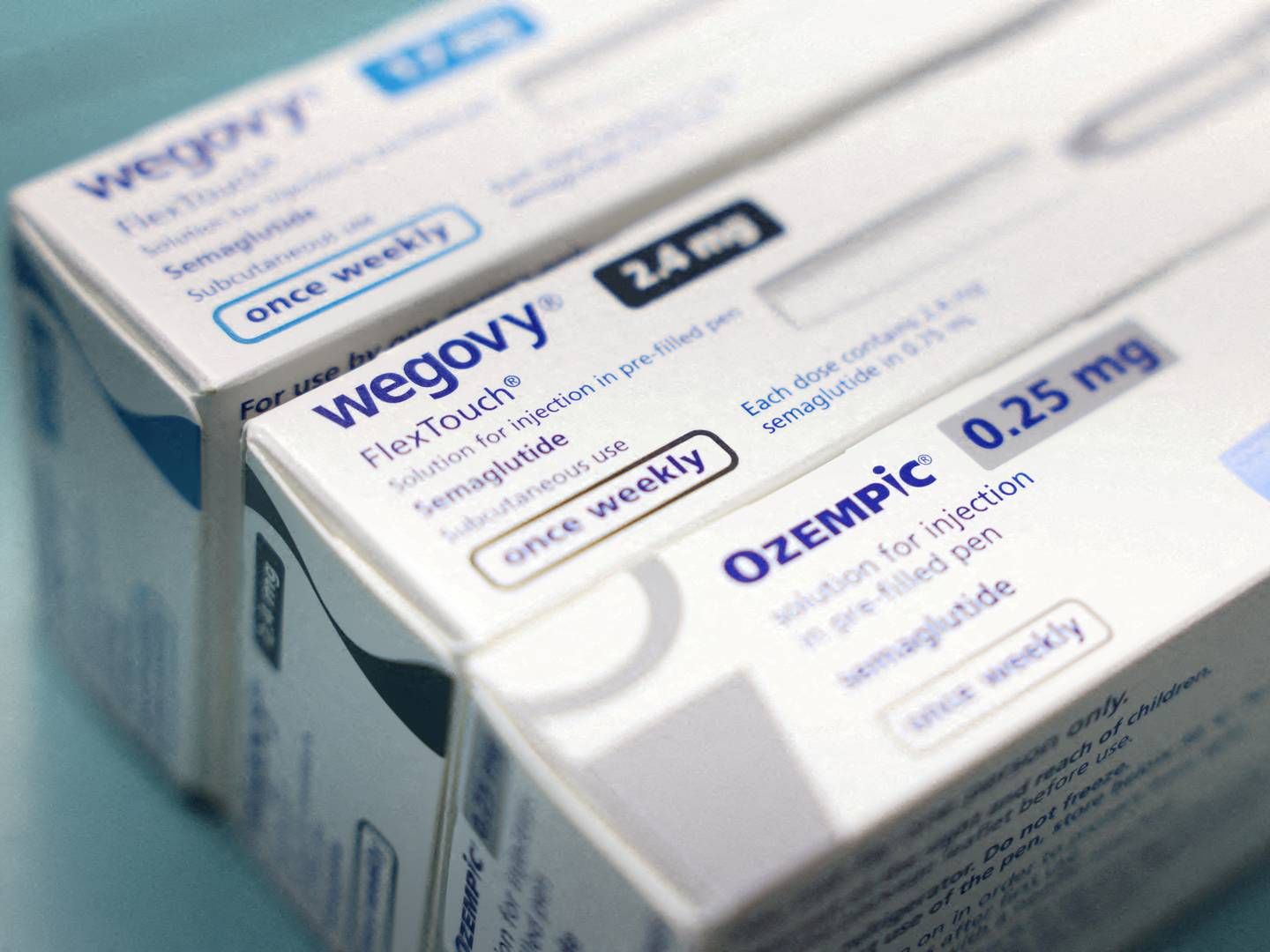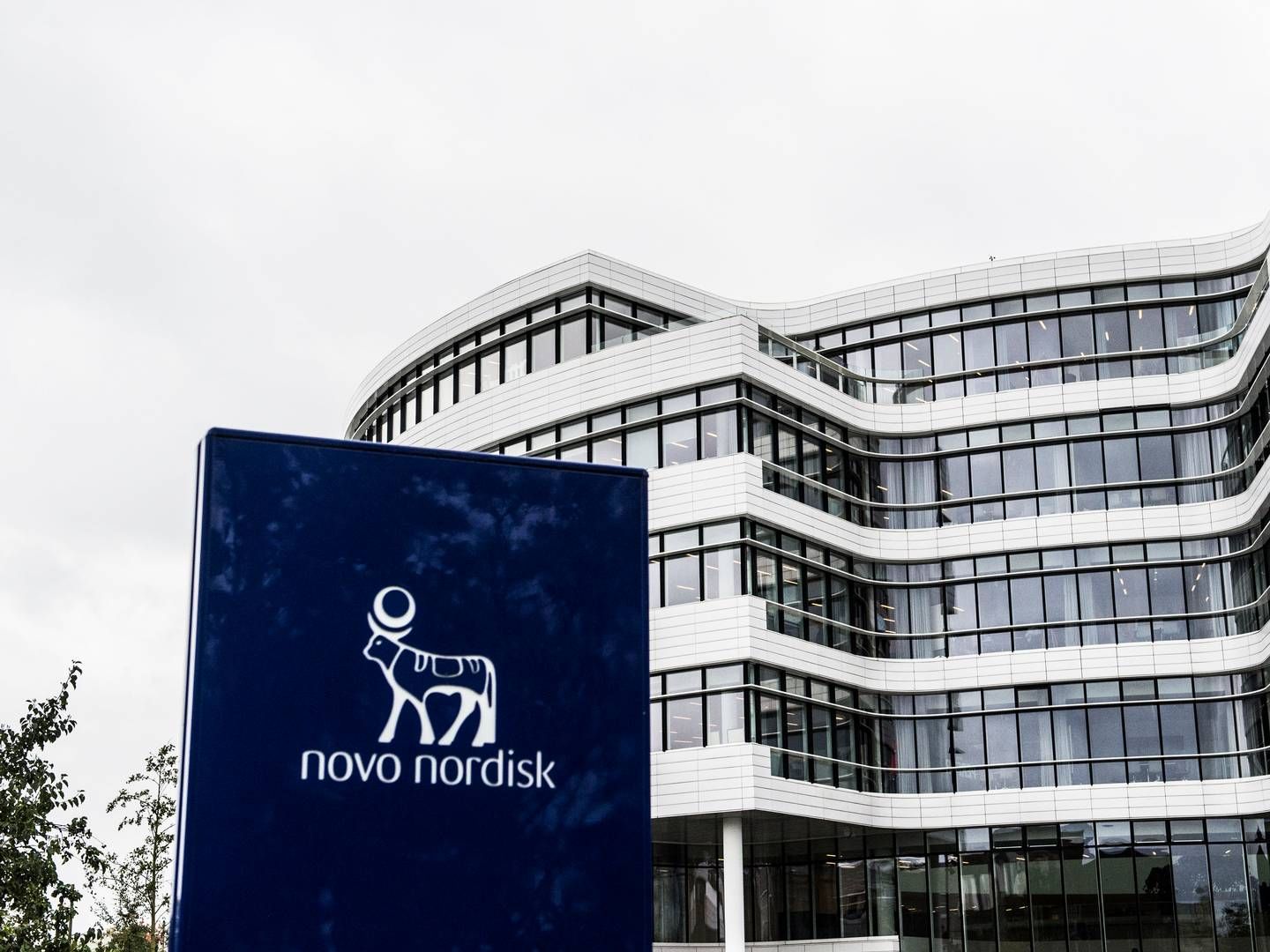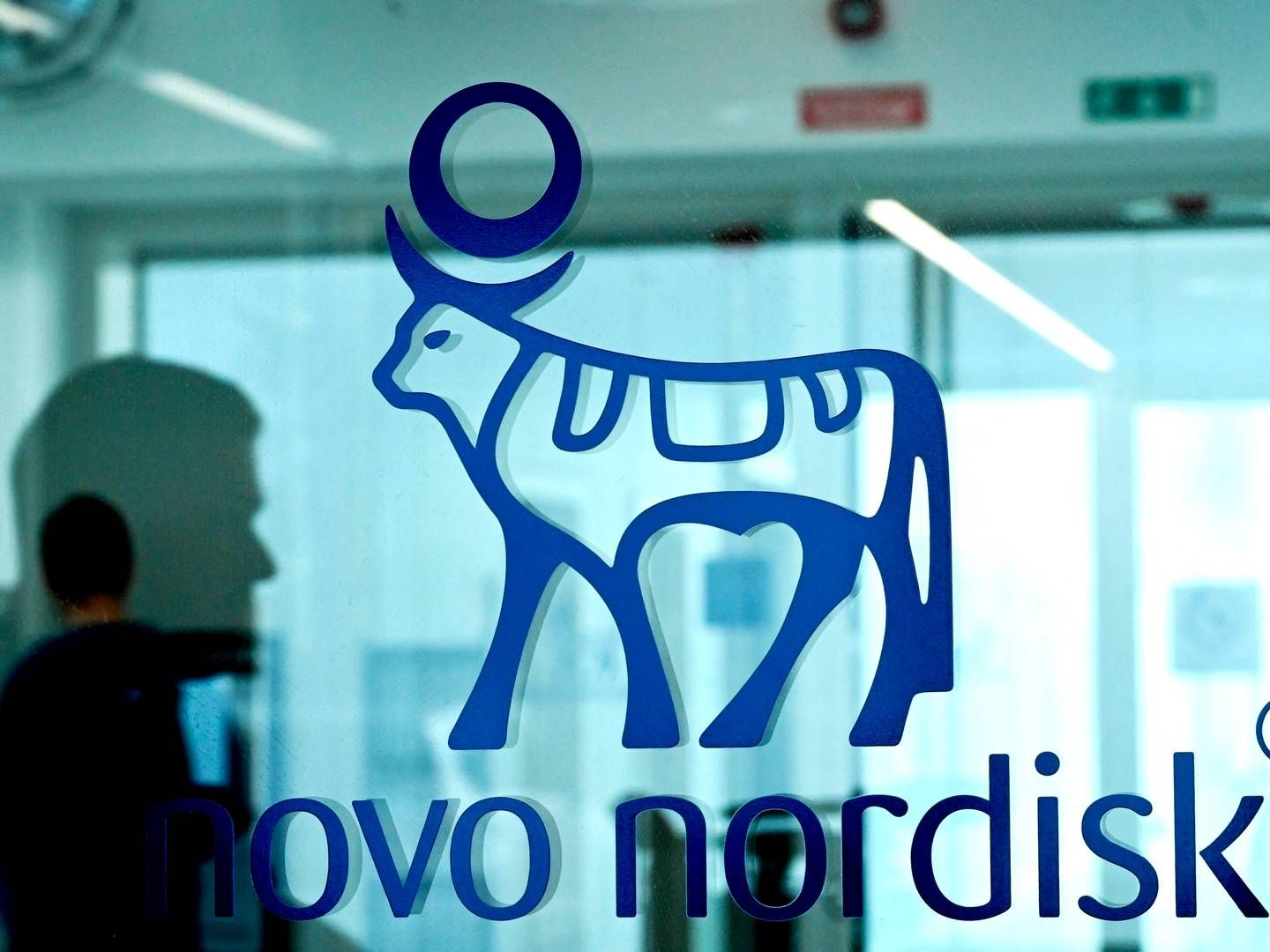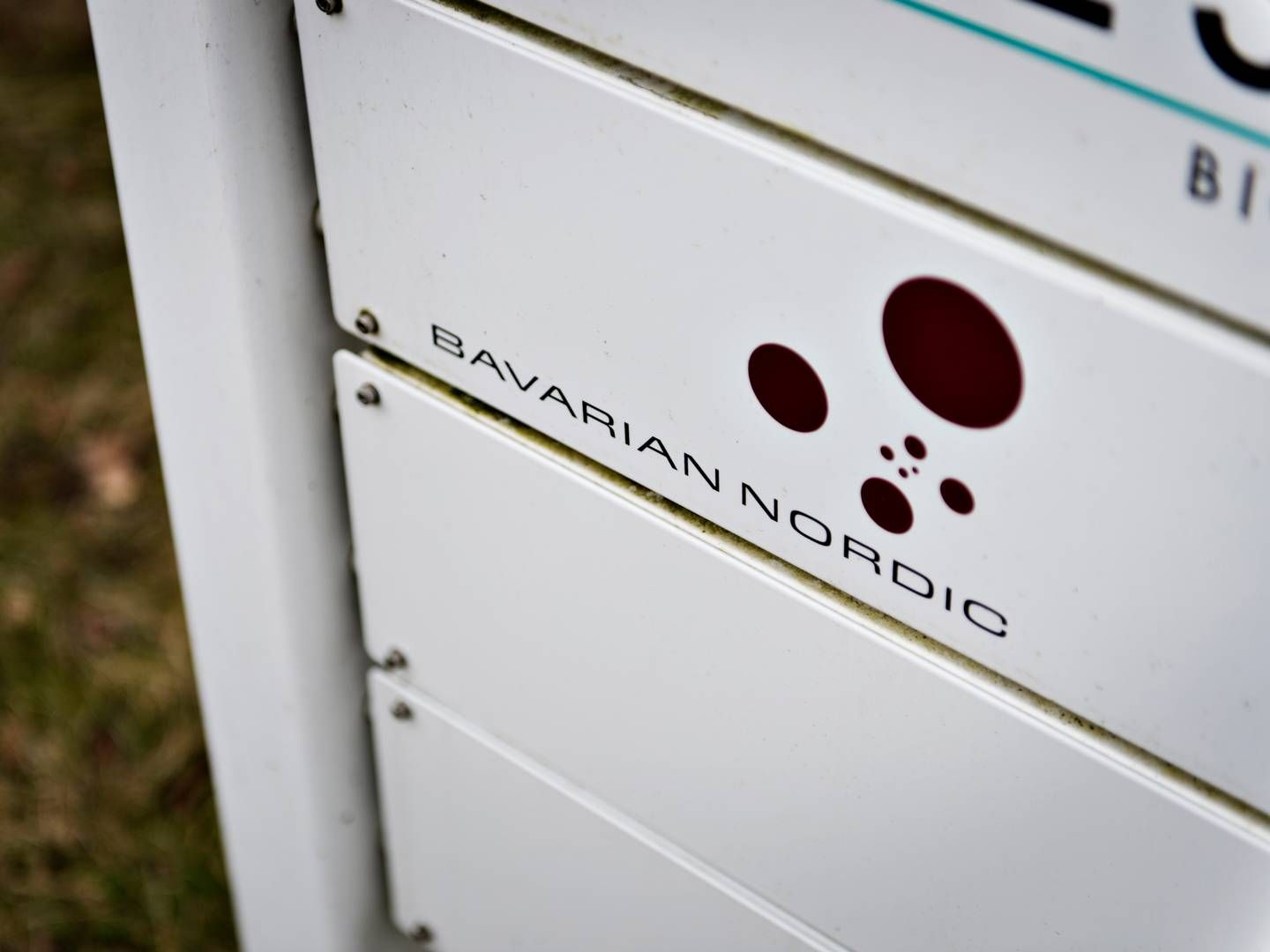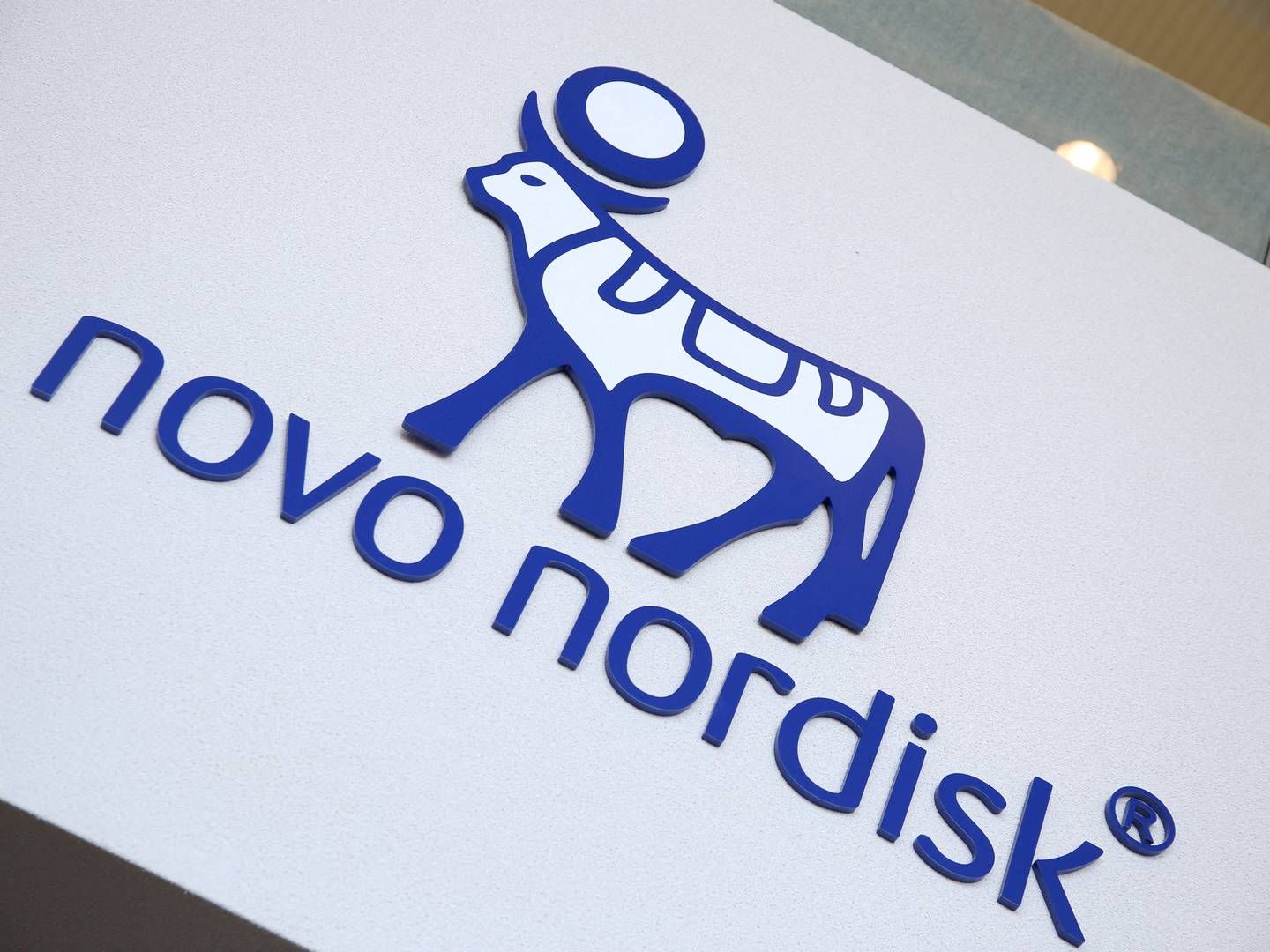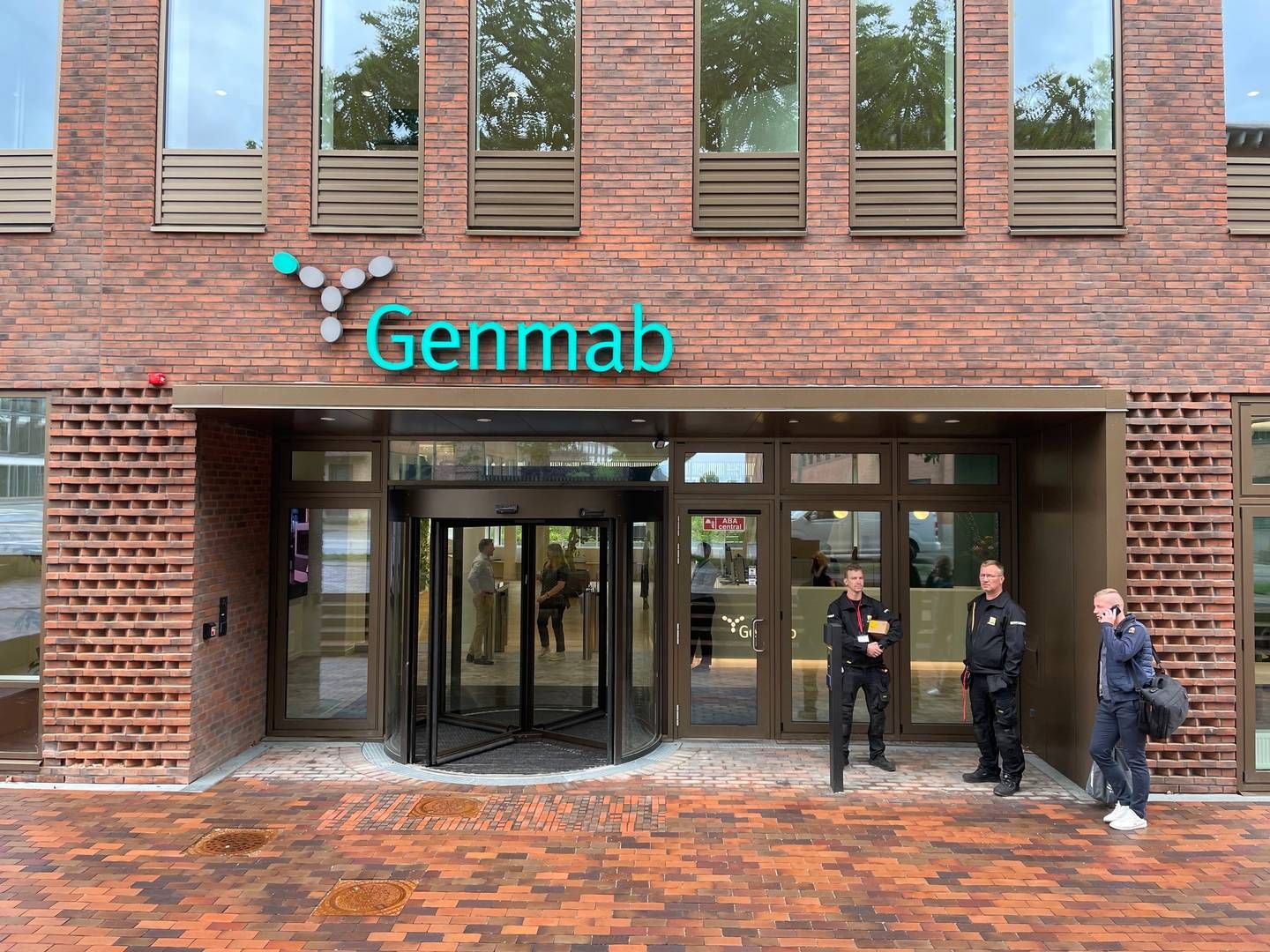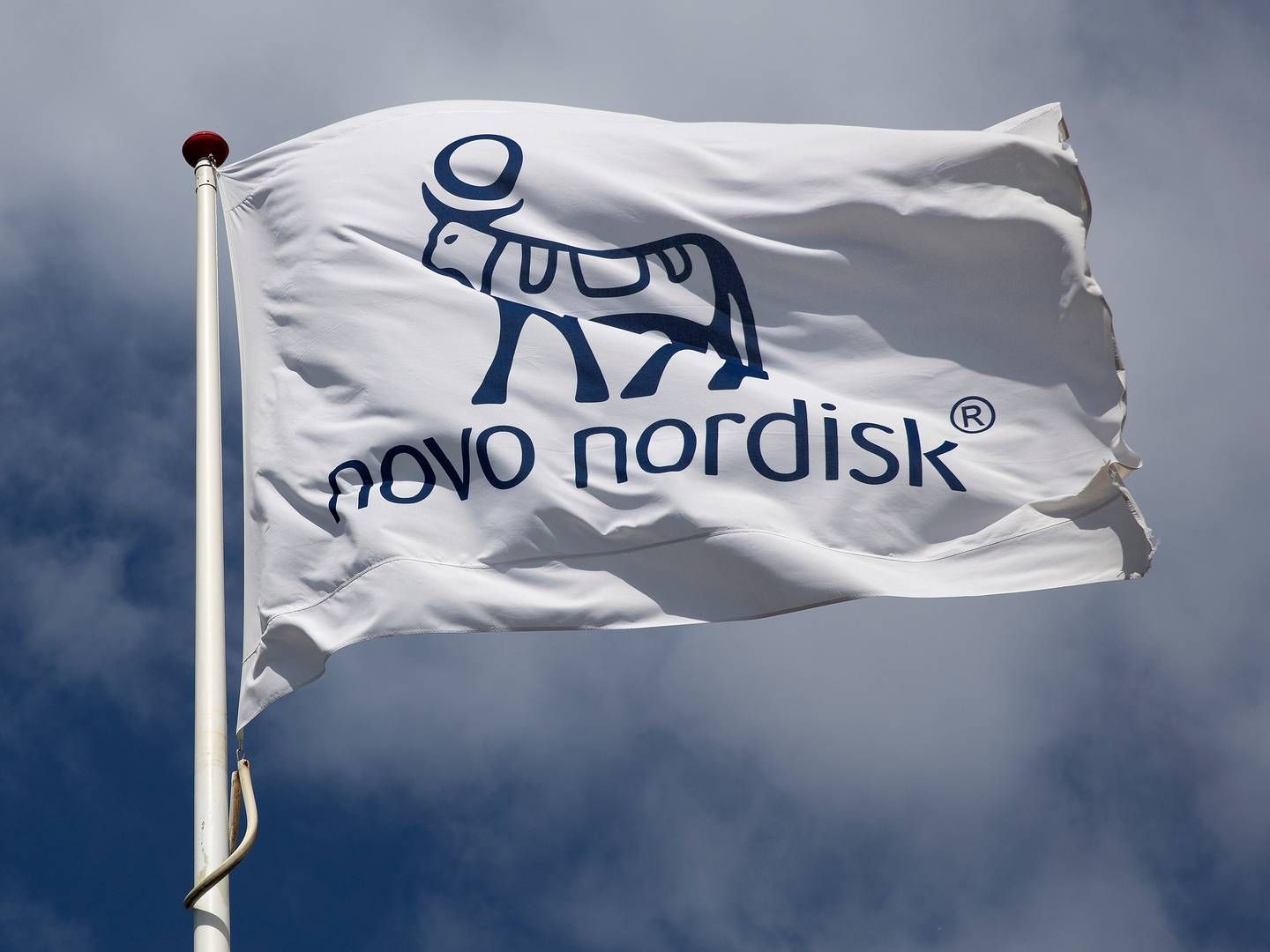Danish-Swedish diabetes company goes on the stock exchange in 2021
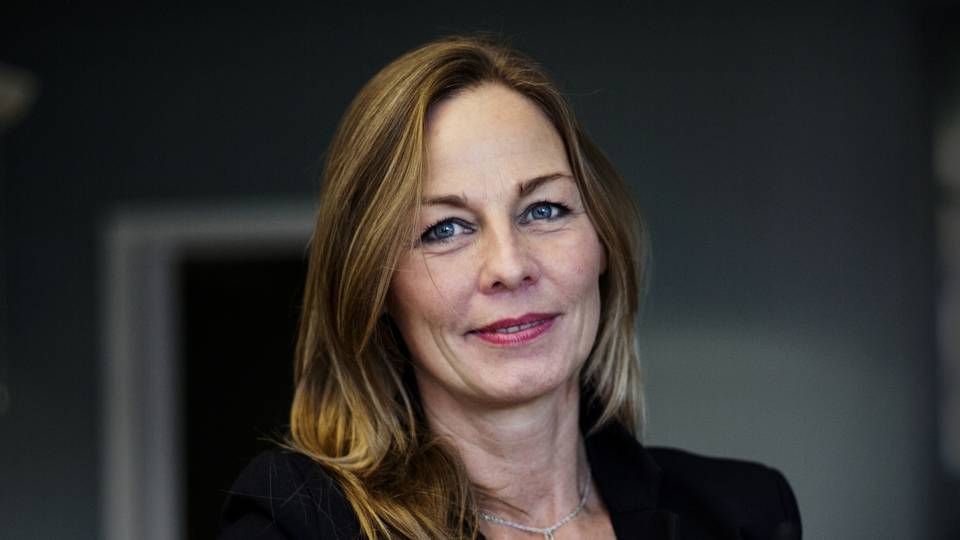
The biotech firm Pila Pharma, whose founder, chairwoman and CEO is Dorte X Gram, now heralds its forthcoming entry onto the Swedish stock market, where it will fetch around SEK 50m (USD 5.8m).
"This is amazing, because if we do it properly, and I'm sure we will, we will raise the money needed to produce a really great product. So this is extraordinarily great," Dorte X Gram tells MedWatch.
Pila Pharma, which is based in Malmö, but founded by the Dane Dorte C Gram as a subsidiary of the Danish firm Xenia Pharma, will enter one of the minor Stockholm-based exchanged" half a year from now – this means May 2021, and the money will go towards taking the company's diabetes hope, the tablet XEN-D0501, to phase III.
XEN-D0501 is a diabetes tablet aiming at treating type 2 diabetes in a what that is different from any other drug on the market today, and Pila Pharma estimates that the firm can get nearly ten times as much for the project, if it takes it all the way through phase II and make it ready for phase III before selling it now.
The pill inhibits a pain receptor called TRPV1, which is believed to play a role in the body's ability to produce insuline. The drug has shown good results in a phase IIa study, and these results need to be validated and elaborated on in a markedly larger phase IIb study.
"So far, my focus has been on showing the effect of this substance, and not so much on thinking about what would happen afterwards. But now that we've shown the substance is safe and shows beneficial effects, we think the platform is there for further development," says Gram.
Had eyes on both Danish and Swedish exchanges
Since founding Pila Pharma in 2016, the former Novo Nordisk scientist has managed to raise around SEK 25m herself from private investors.
But drug development is a costly affair, and the forthcoming phase IIb diabetes study will be significantly more expensive than what Pila Pharma thinks it can raise from private stakeholders.
The rationale is that going on the stock market is the way forward.
"Now we're rolling up our sleeves and getting ready for larger studies. So now, we've made a deal with a partner, Swedish Göteborg Corporate Finance, which is used to taking companies to the exchange, and it will help us get listed, and this is huge, because this is the ticket to ensuring the money we need," says Gram.
"You've chosen to go on the Swedish exchange – why Sweden and not Denmark, for example?
"We have looked at both the Swedish and the Danish exchange and spoken to partners who might help us in both places," Gram says.
She and the board of Pila Pharma have noted that the Danish growth exchange First North currently has momentum with vast investor interest in minor biotech firms in particular after a some years with a drought on the Danish exchanges.
"But we already have many Swedish investors and we think this getting listed in Sweden is a more secure route," says Gram.
Needs to raise SEK 120m in total
You're aiming to raise around SEK 50m. This seems like much, but not that much – why aren't you aiming for more?
"It's true it's not a major sum in the pharma world, but to us this amount is twice as large as what we've spent in the last five years. We're really gearing up right now and really looking forward to this," Gram says.
The millions Pila Pharma are planning to raise will be followed up by two further capital raising rounds on the stock exchange in the following two years, which will provide the company with around SEK 120m.
This is around how much it will cost to complete the phase IIb study, which will be a placebo-controlled study with three doses and longer duration than the phase IIa trial already completed by Pila Pharma.
"We expect to dose around 300 patients for at least three months, and this costs a lot of money. But we think we have an understanding of how to make it a solid study, which will hopefully give us positive results," Gram says.
Ready for phase III in three years
The stock listing announcement arrives shortly after the Leo veteran Lars Bukhave Rasmussen was hired to be Pila Pharma's first Chief Financial Officer. The company board had made the decision to go on the stock exchange before Bukhave Rasmussen joined the enterprise.
"But I wanted a finance profile on board, and Lars had hardly walked in the door, before we were out meeting investors. He was tasked with finding a corporate finance partner, selecting the right one and presenting it to the board. Now Lars is the one leading the process – with me on board – which will take us to the stock exchange," Gram says.
Pila Pharma calculates on using all of next year on preparing the phase IIb study in order to commence treatment of the first patients in 2022.
"So now we'll have to see how the Covid-19 pandemic develops, but depending on the number of sites we need, our recruitment speed and so on, we hope the treatment part can be completed in 2022. 2023 will have a lot of summarization and data analysis, so I expect it will take three years before we have the results and are ready for phase III," says Gram.
Partnership is likely
The diabetes market is hardly a financial Klondike. Pila Pharma is navigating in the crossfire between pharmaceutical giants such as Novo Nordisk, Sanofi, Eli Lilly, Astrazeneca, Boehringer Ingelheim and Johnson & Johnson, which all fight for market shares.
How will a small firm like Pila Pharma compete with the giants?
"Here and now, we're trying to keep our eyes on the ball and the next goal is to make a phase IIb study and raise money on the Swedish stock exchange. So right now, we're actually focusing on the competition on the exchange – and this comes from a series of other biotech companies, against which we're fighting for the investors' attention," Gram says.
"In terms of the fight for the diabetes market, we'll deal with it in due course, but this is still far ahead in the future, and there is a phase III before we reach this point," she elaborates.
Gram has her own thoughts on what this phase III program might entail when Pila Pharma – if all goes according to plan – reaches the crucial trial in around three years.
It is highly likely that Pila Pharma will enter into a partnership with a major pharma player.
"Currently, our strategy is to make a good phase IIb study, where we can show good effects on both insuline, blood sugar and other effects, which may make it attractive for a partner to join after phase IIb – a partner who thinks our products is so valuable to a market segment they might not be covering that they're interested in forming a partnership with us, Gram explains.
She and Pila Pharma have already contacted more pharma companies, which have exhibited interest in marketing Pila's diabetes tablet and potentially becoming a partner in phase III after phase IIb.
Pila Pharma has become aware of the possibility that it may take the diabetes candidate all the way to the market on its own after the US health authorities, the FDA, recently easied up on the demands for the size of the studies needed to approve new diabetes medication.
"This completely changed the scenario of the further development. From it costing a couple of billions to go through phase three, we're down to 'only' half a billion," says Gram.
The reduced costs might mean that some pharma companies will turn back to diabetes, which could open up for more partnership opportunities than what are present at current," says Gram.
"We've already spoken a lot to major investors who follow us, and we think if we get good data in phase IIb it should be possible for us to get investments for phase III and running it ourselves without a partner. But we'll see," she elaborates.
Aside from the diabetes project, Pila Pharma is working towards developing a pipeline of drugs where the goal is to locate at least two new drug candidate projects in the next three years.
This might happen through the procurement of the rights for new drugs, by developing new drugs from scratch or by exploring new indication using XEN-D0501.
Pain relief and rare diseases are some of the possible indications.
Would you like to receive the latest news from MedWatch directly in your e-mail inbox? Sign up for our free English newsletter below.
Eli Lilly executive on crucial tirzepatide data: "It is a very exciting time"
Pila Pharma aims higher: Builds pipeline and takes diabetes pill to phase III
Novo-researcher turned PhD project into company and prepares for phase II

.jpg)
